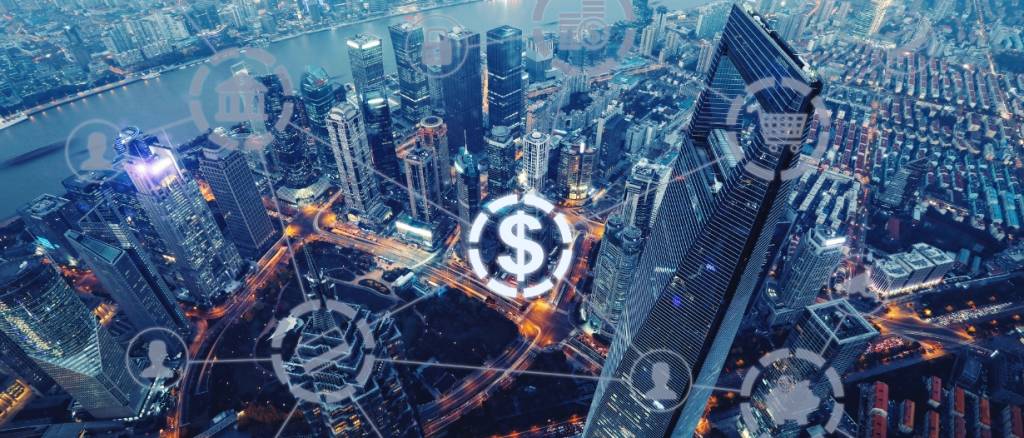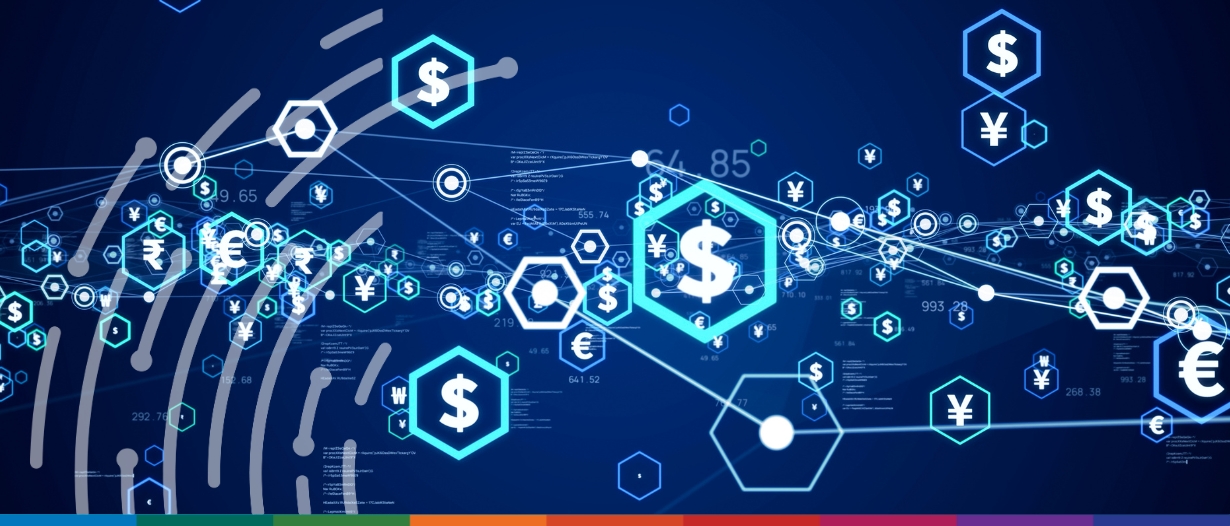Estimated reading time: 5 minutes
The last couple of years have been rough for the economy as a whole and payments in particular. But recovery started building in 2023 and is expected to continue into 2024 — helped by a healthy dose of new technology.
Prediction 1: Economic recovery will drive even more payments growth
Although the payments industry experienced its first contraction in 2020 due to the economic slowdown caused by COVID-19, it bounced back quickly. McKinsey expects it to return to its historic 6-7% growth or even better over the coming years. Other corroborating evidence includes a strong underlying economy and 2023’s Black Friday hitting record numbers.
This steady return to increased economic activity drives increased payment activity, which translates to growth for embedded payments in 2024. These factors, combined with even greater pressure on SaaS platforms to produce more revenue, will urge more players to enter the world of payment monetisation, embedding payment functionality directly into their software.
By capturing a portion of the payment processing fee generated by credit card transactions, SaaS businesses will enjoy a more predictable and diversified revenue stream.
Prediction 2: Generative AI will help payments following a few false starts
Generative AI is here to stay, but few have understood how to successfully harness tools like ChatGPT, Claude, and Gemini. In particular, it is becoming clear that the technology has real challenges due to ‘hallucinations’ — or factually inaccurate results.
To mitigate the effects of AI’s lack of logic and reasoning capabilities, some companies are using custom data sets and limited fields of operation with success.
However, we do expect this technology to help automate transactions — for example, communication around transaction statuses like exceptions, which typically require manual intervention. Generative AI is great at rapidly and automatically building short pieces of communication around a strictly limited subject matter.
Another area where the technology will continue to help is fraud detection. Many fraud detection systems already use ML and AI as a part of their processes, so it won’t be surprising to see these systems extend their capabilities.
The final area that might be the most significant for payment tech is the automation of compliance and documentation. A great deal of documentation and tracking is needed for proper compliance, regulatory documentation, and forms. Generative AI can make creating and routing this documentation faster, easier, and more automatic.

Prediction 3: The fintech-friendly bank will continue to grow in popularity
Even though the past year saw some of the most spectacular bank failures of recent decades, it also saw the launch of many brand-new banks. Some aim to be more consumer-friendly in various ways, but others focus on more tech-friendly and, specifically, fintech-friendly features.
Examples of these banks are Lead and Bunq, both of which aim to offer banking-as-a-service solutions that assist fintechs in moving funds and data more efficiently. Additionally, these banks enable payments and new fintech opportunities like embedded finance.
Legacy banks, including some of the oldest and most traditional, are making inroads into fintech to keep their capabilities relevant. In most cases, this means acquisitions. An example is the JP Morgan Chase acquisition of WePay.
Although this technically took place in 2018, it is only in the last year that WePay has launched a true integration. The big banks show no sign of stopping their push for consolidation, so we expect to see fintechs merge with others or drop by the wayside due to acquisitions.
Prediction 4: Network tokenisation will make payments more secure and increase sales
It’s not a well-known technology, but 2024 could be the year network tokenisation gains broader support. Tokenisation replaces primary account numbers and other sensitive card details with an algorithmically generated token issued by any one payment provider. The benefit is that tokenizing this data renders it useless if stolen. Additionally, tokenisation provides a more frictionless payment experience.
Network tokenisation differs because it uses a standard algorithm created by the card networks to generate tokens. Since the card networks authenticate network token payments, fraud is reduced, and businesses enjoy higher approval rates and increased sales.
While critics of network tokenisation exist, the need for more and better data to authenticate transactions is more persistent than ever. This need will drive adoption, and eventually, network tokenisation will become the standard for the future.
Prediction 5: Real-time payments will benefit buyers, sellers, banks, and fintechs
It’s safe to say that almost everyone wants real-time payments. Analysts see immense growth in real-time payments, and why not? The benefits to everyone involved in a transaction are evident.
For the seller, the benefit is immediate access to funds. For the payer, the advantage is an immediately settled transaction, resulting in greater cash flow accuracy. Other participants in the transaction, like banks or fintech providers, get to offer a feature and service that is inherently attractive and helps them gain a competitive edge.
Obviously, it will take time for standards to be fully set and adopted to allow everyone to offer real-time payments, but they are expected to become more common by the end of 2024.

Prediction 6: B2B will embrace embedded finance
Just as the past five years have seen online payments take off and jumpstart new revenue streams for SaaS platforms, the next few years will see the nascent embedded finance industry advance. Many fintechs are already gearing up support for B2B embedded finance. As with payments, more players will enter the market, forcing standards and approaches to coalesce into the best solutions.
We will increasingly see companies incorporating other areas of finance into their payment flows, including loans, insurance, and other financial products. Indeed, this evolution is already happening with companies like Tranch, which provides loans for SaaS businesses, and Ordway, which integrates payment functionality within their subscription billing and accounting platform.
Overall, it’s going to be an exciting year for payments. The boost from economic improvements and new tech advancement will help fintechs and the payments industry evolve and grow — positioning those leveraging these new tools for success.























